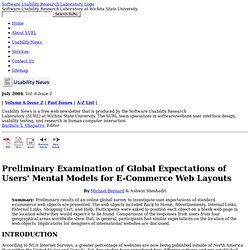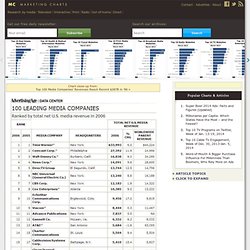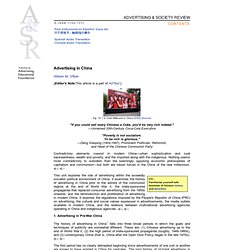

To Localize or to Standardize on the Web: Empirical Evidence from Italy, India, Netherlands, Spain, and Switzerland - page 2. Article: Cultural adaptation on the Web: a study of American companies' domestic... My Homepage. Nitish Singh Ph.D.

Assoc. Professor Int. Business, St. Louis University Director Program Innovations. St Louis University. Dr. He is the author of the book "Localization Strategies for Global e-Business" published by Cambridge University Press 2012. Dr. Singh's teaching philosophy combines the idea of scholarly research with pedagogy. Virage 2.0. Don't Reinvent the Leadership Competency Wheel - a knol by Darin Phillips. Companies, consultants, researchers, and human resources practitioners have sought the exact factors that can predict success on the job for over four decades. From these efforts at least eight validated studies have emerged indicating that certain characteristics do indicate a higher likelihood of success on the job, especially as one moves up the organization. These characteristics define the level of competence that an individual possesses to complete their work, thus they are referred to as ‘competencies’. Competencies are sets of knowledge, skill, attitude, or attributes.
These might include experiences, education, special abilities, beliefs, personal behaviors, values, personal motives, thinking style, and personality type. It must be measurable or observable to be considered a legally valid employee competency for use in the workplace. Predictive Validity for Overall Job Performance if Validated by: Work Sample Tests Cognitive Ability Tests Interviews(structured) Peer ratings Coaching.
Usability News 62 - Bernard. Usability News is a free web newsletter that is produced by the Software Usability Research Laboratory (SURL) at Wichita State University.

The SURL team specializes in software/website user interface design, usability testing, and research in human-computer interaction. Barbara S. Chaparro, Editor By Michael Bernard & Ashwin Sheshadri Summary: Preliminary results of an online global survey to investigate user expectations of standard e-commerce web objects are presented. Adage-top-25-leading-media-company-revenues-2006.JPG. Consumer Attitudes to Local Search Reveal Problems and Opportunities for Brands A study from ConstantContact last year found that 1 in 2 small businesses failed to ever update their online listings, and that an equal share have seen inaccurate listings for their businesses online.

Now, new research [download page] from Placeable reveals the extent of the damage inaccurate listings can have on a brand: some 73% […] Read more » African-Americans and Hispanics Combine For One-Fifth of Estimated National Discretionary Spending Together, African-Americans (9%) and Hispanics (11.3%) combined to account for one-fifth of national discretionary spending during the Fall of 2013, according to new data from Experian Marketing Services’s Fall 2013 National Consumer Study. Read more » 2013 Rich Media Ad Benchmarks, by Vertical Source: PointRoll [pdf] Notes: Rich media click-through and interaction rates were higher when including video. Read more » Online Video Ad Views, Dec. 2011 – Feb. 2014 Read more » Feature Article - E-learning 2.0.
First Monday. Advertising & Society Review 8:3. Advertising in China William M.

O'Barr [Editor's Note:This article is a part of ADText.] Fig. 14.1 A Coke Billboard in China [ENG] [Source] "If you could sell every Chinese a Coke, you'd be very rich indeed. " "Poverty is not socialism. Contradictory elements coexist in modern China—urban sophistication and rural backwardness, wealth and poverty, and the imported along with the indigenous. FYI… Familiarize yourself with timelines of Chinese history and dynasties. 1. The history of advertising in China1 falls into three broad periods in which the goals and techniques of publicity are somewhat different. The first period has no clearly delineated beginning since advertisements of one sort or another are known to have existed in China for centuries.
Fig. 14.2 Earliest Known Pictorial Advertisement from China (c. 960-1260) [Source] Few actual advertisements printed before the 19th century survive today. Fig. 14.3 Advertising Was Prevalent in Early 20th-Century Shanghai [Source]